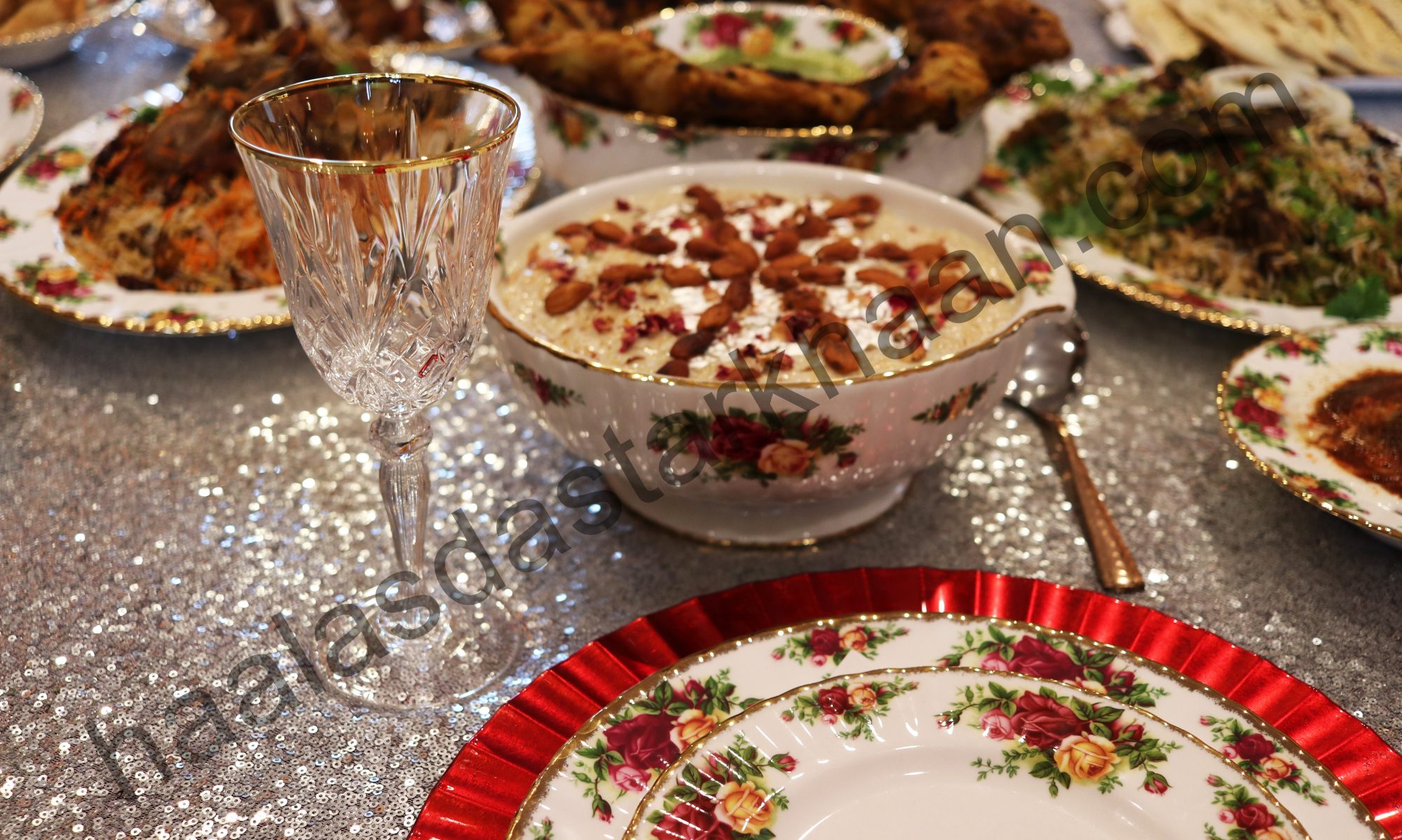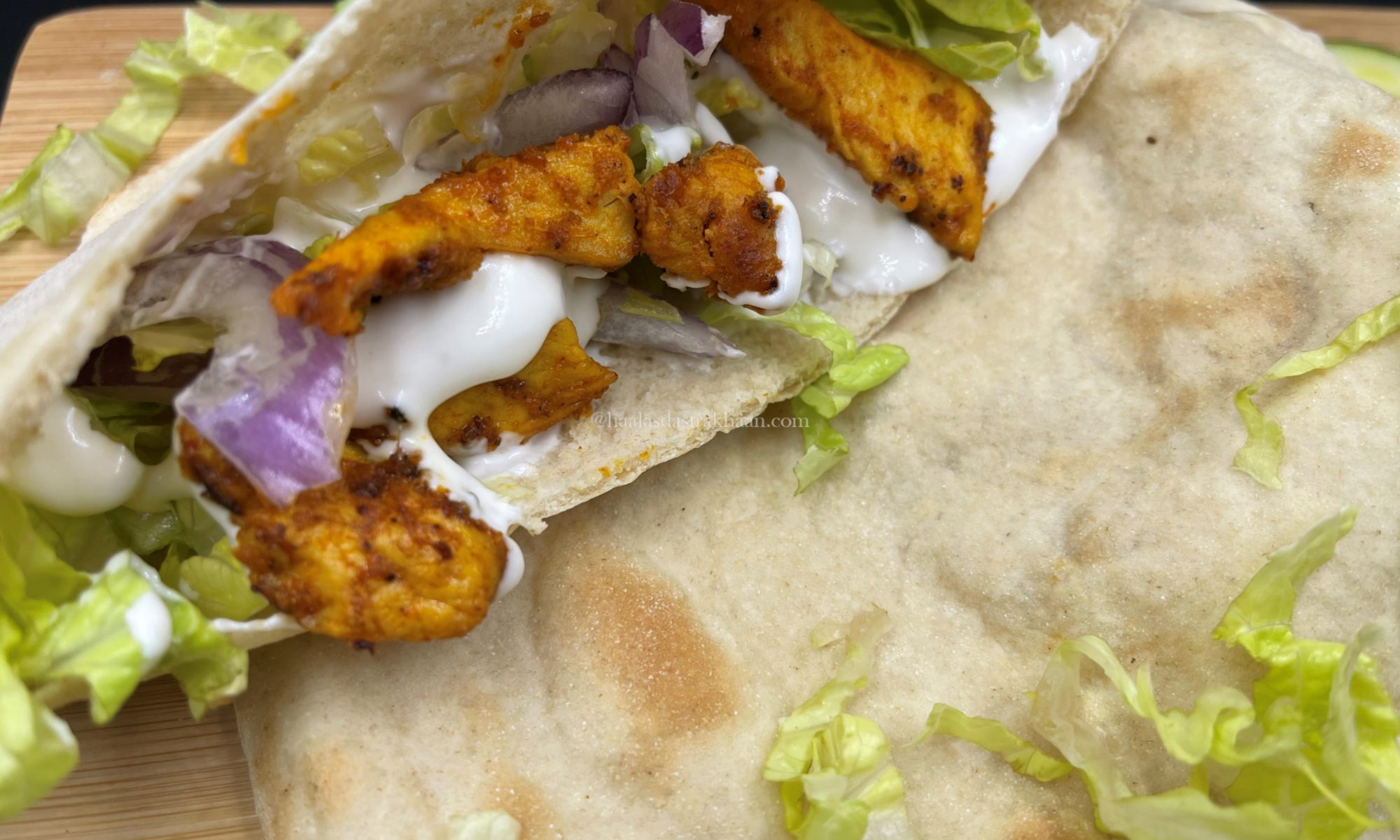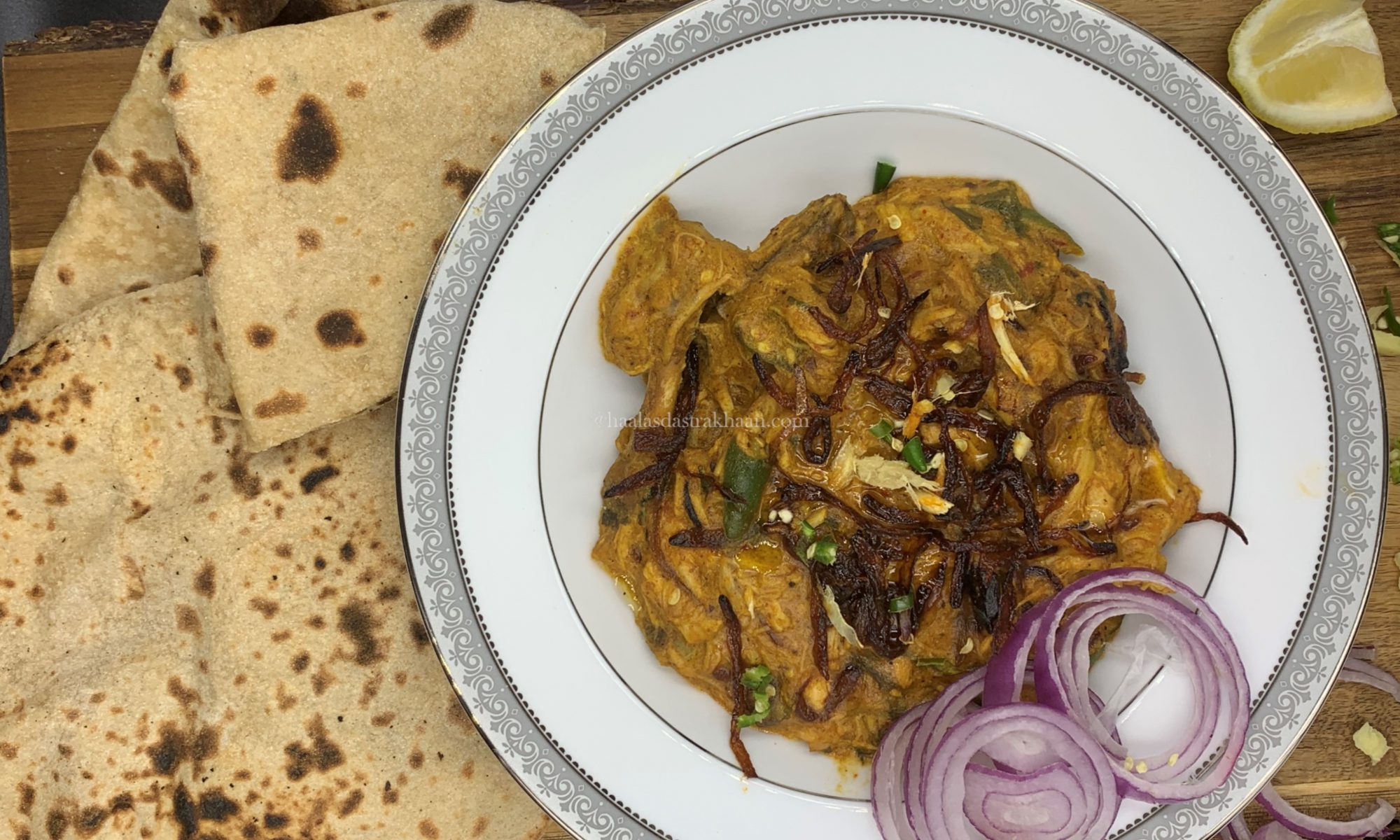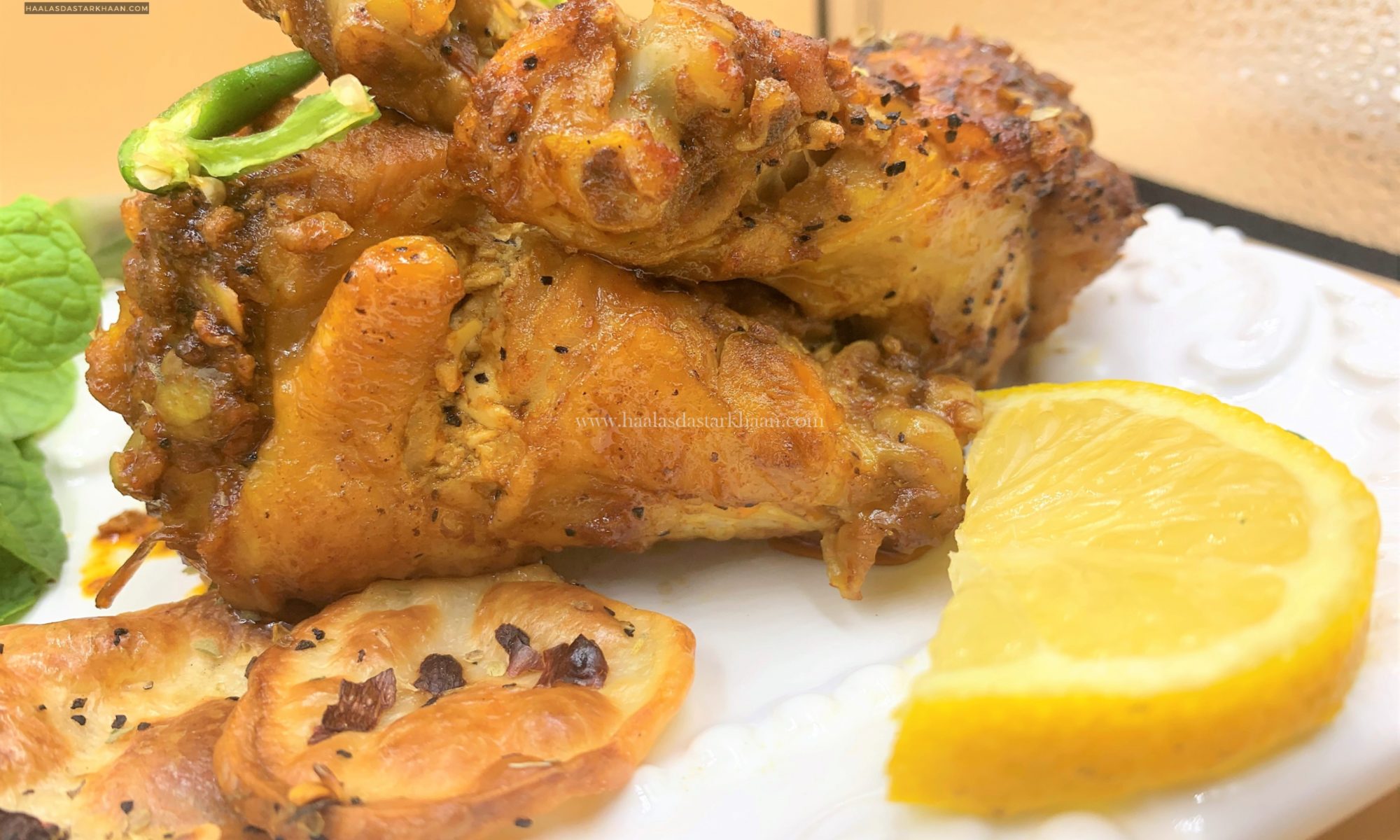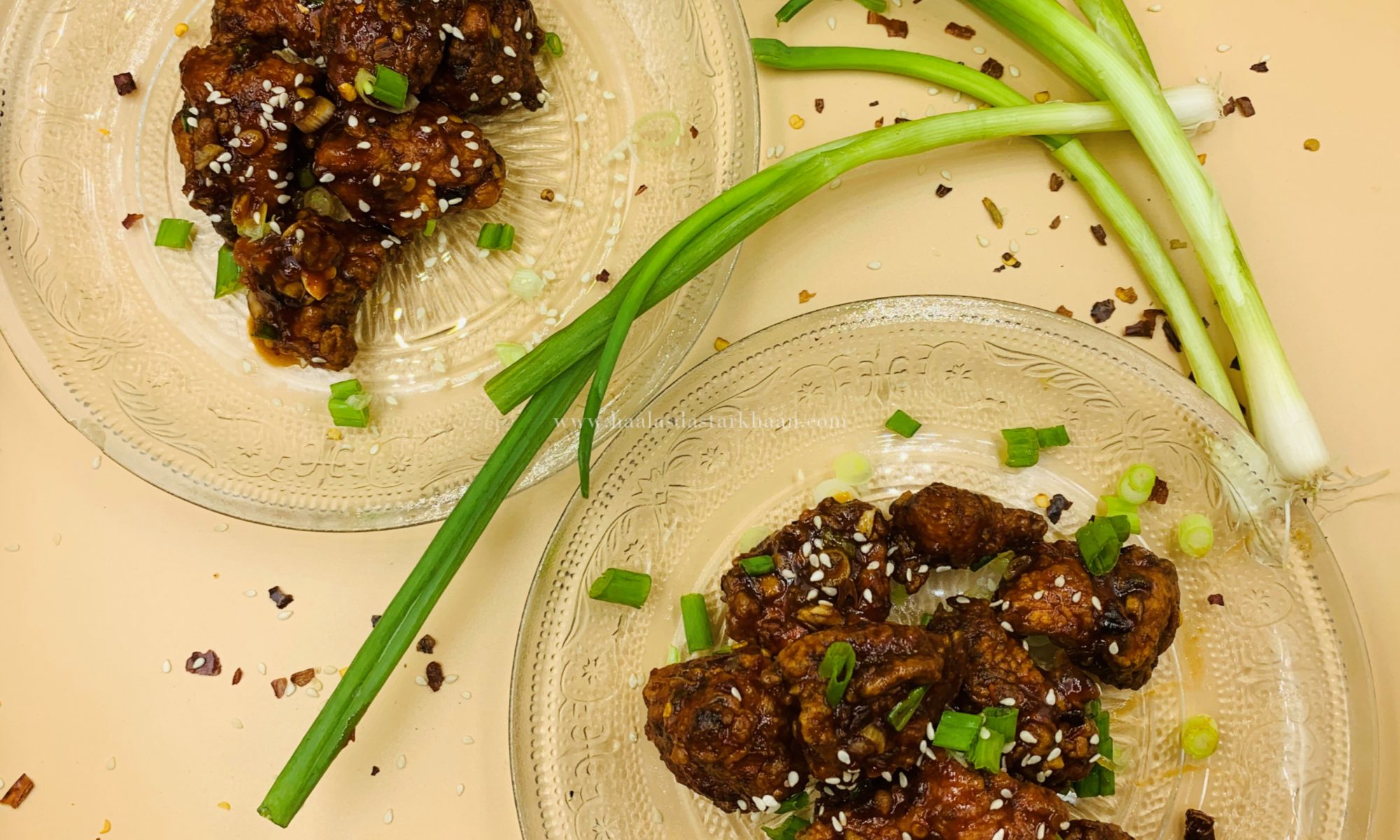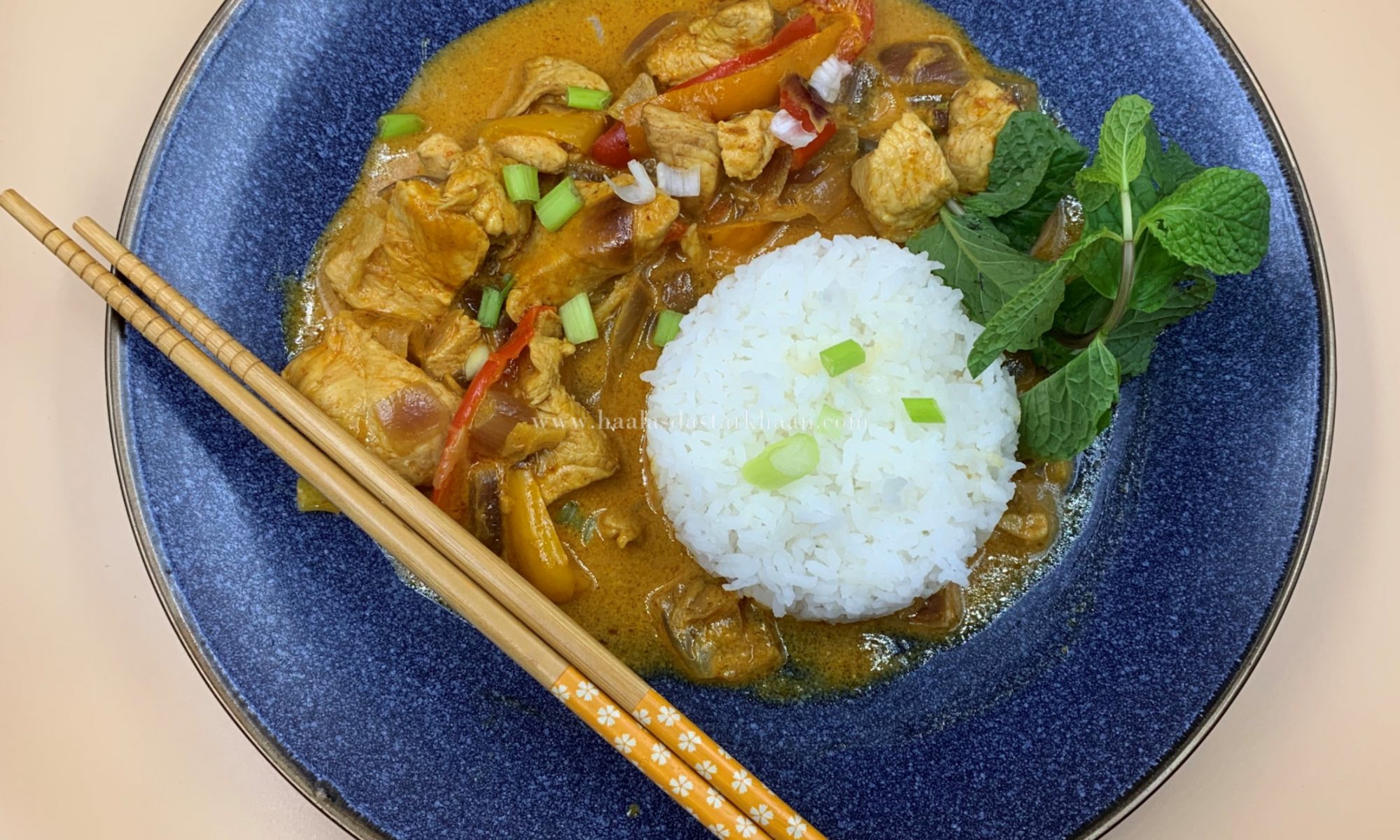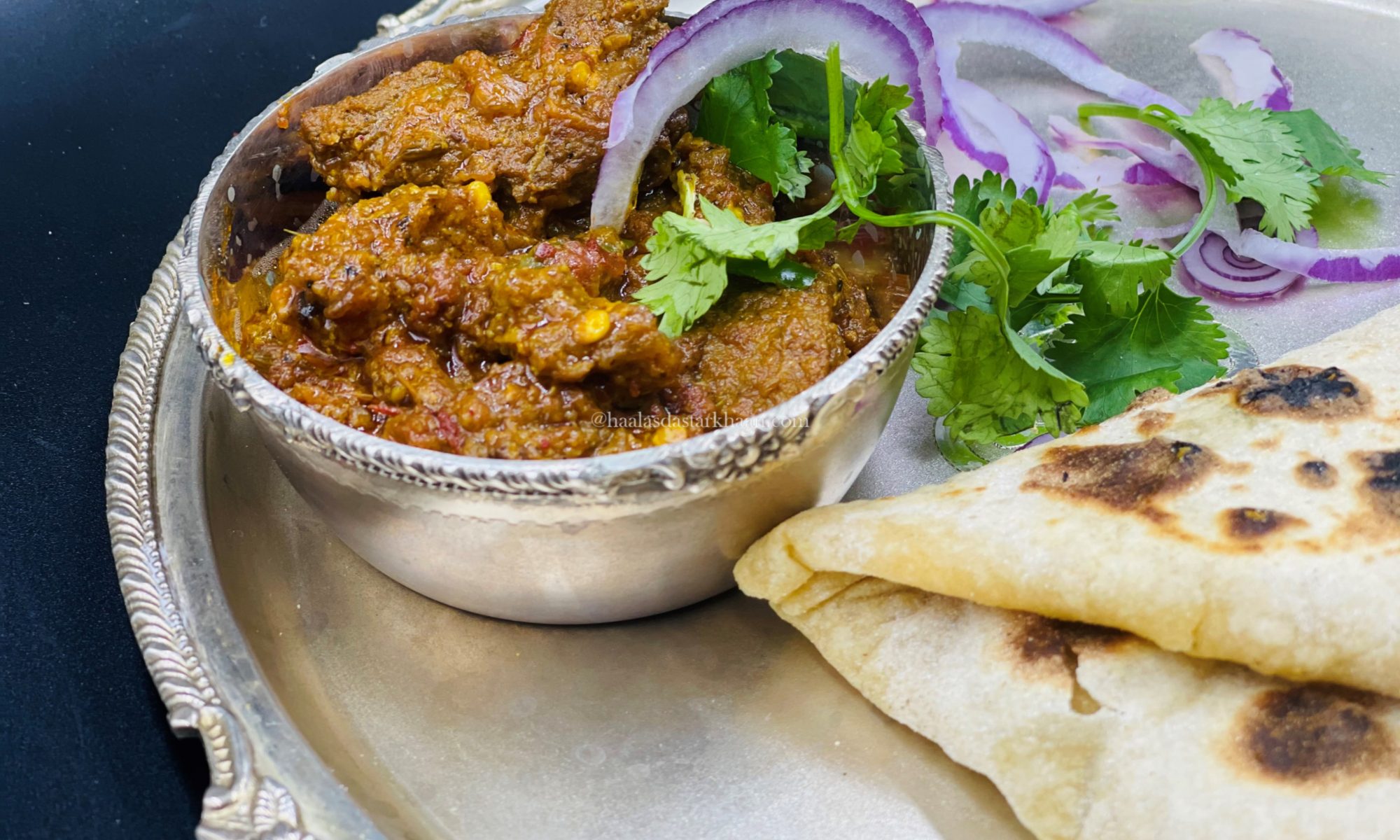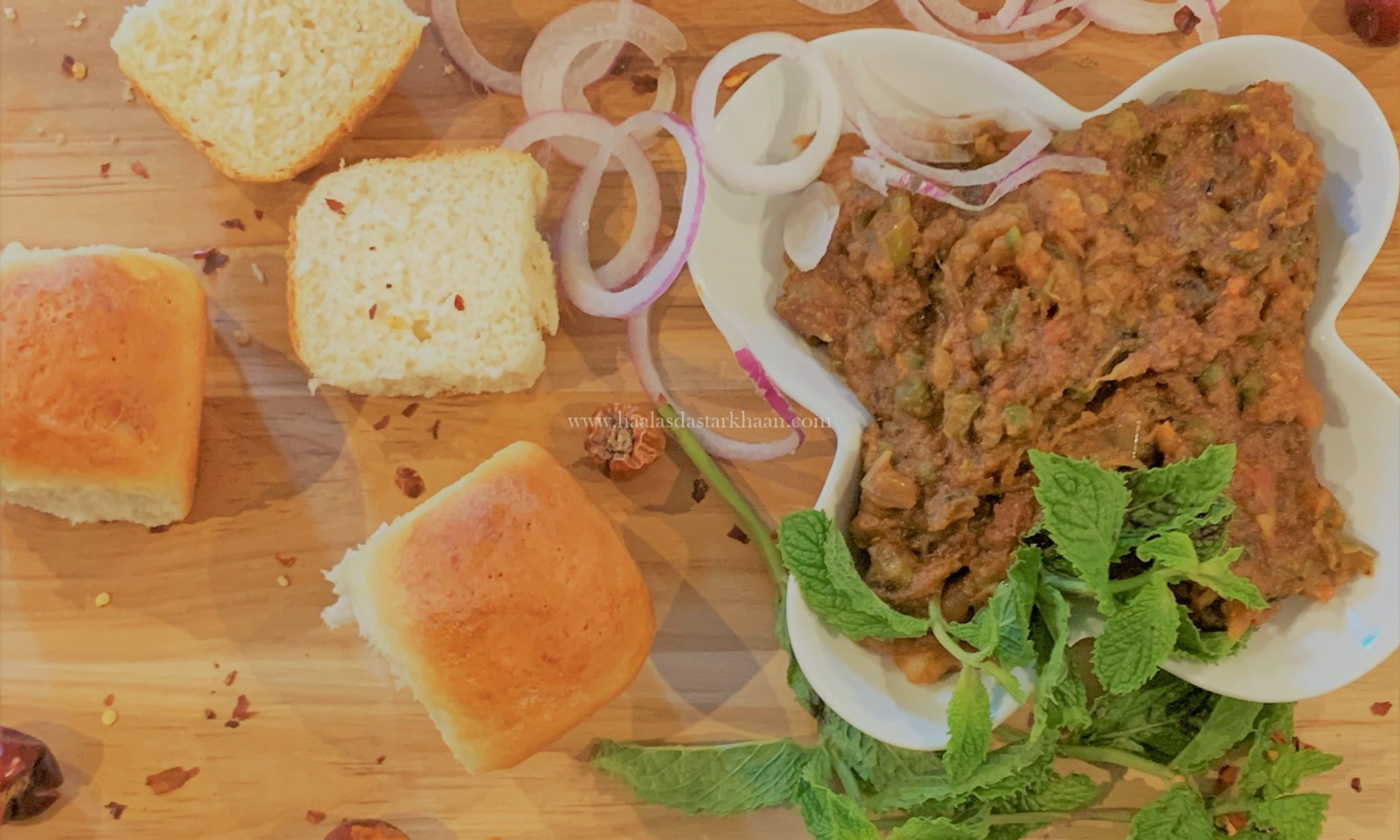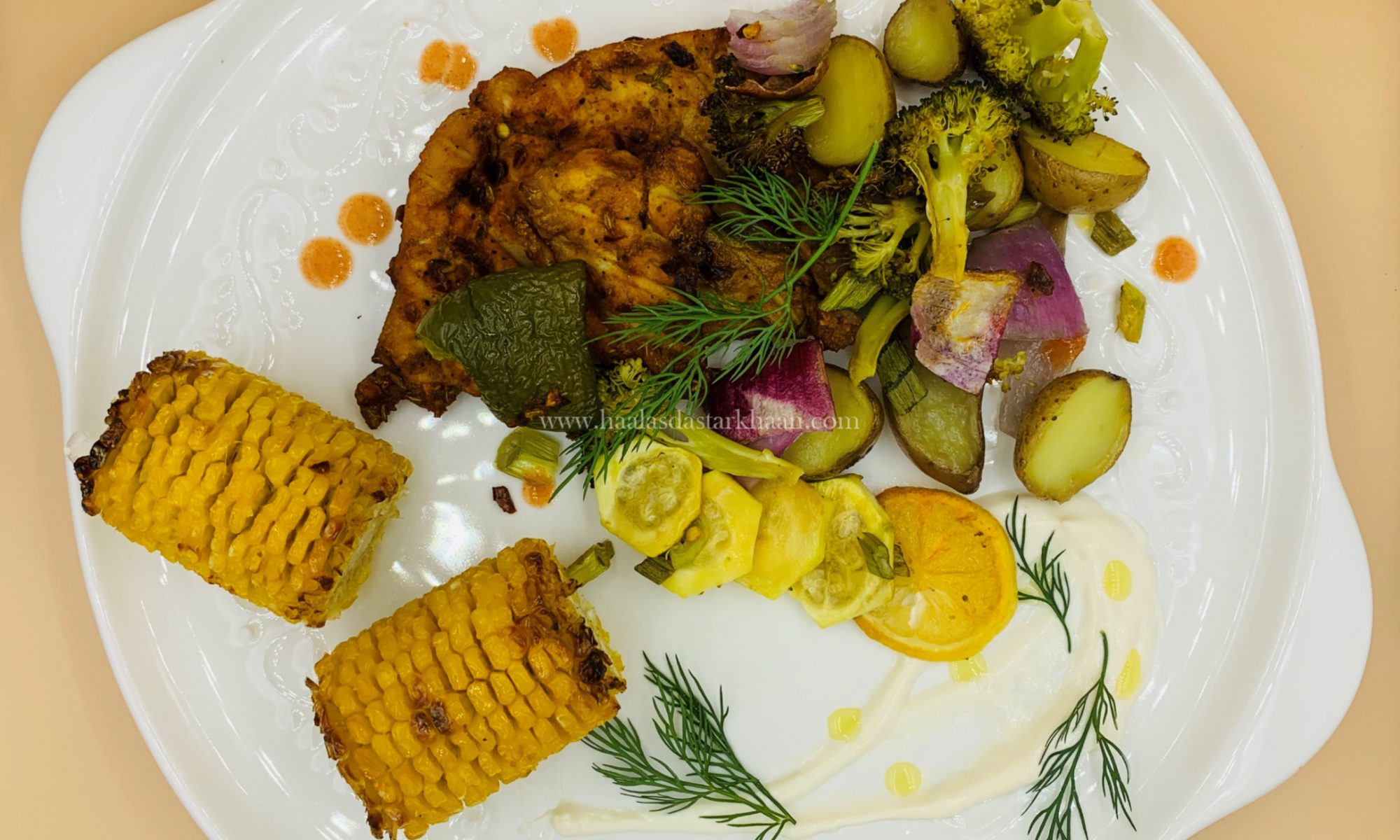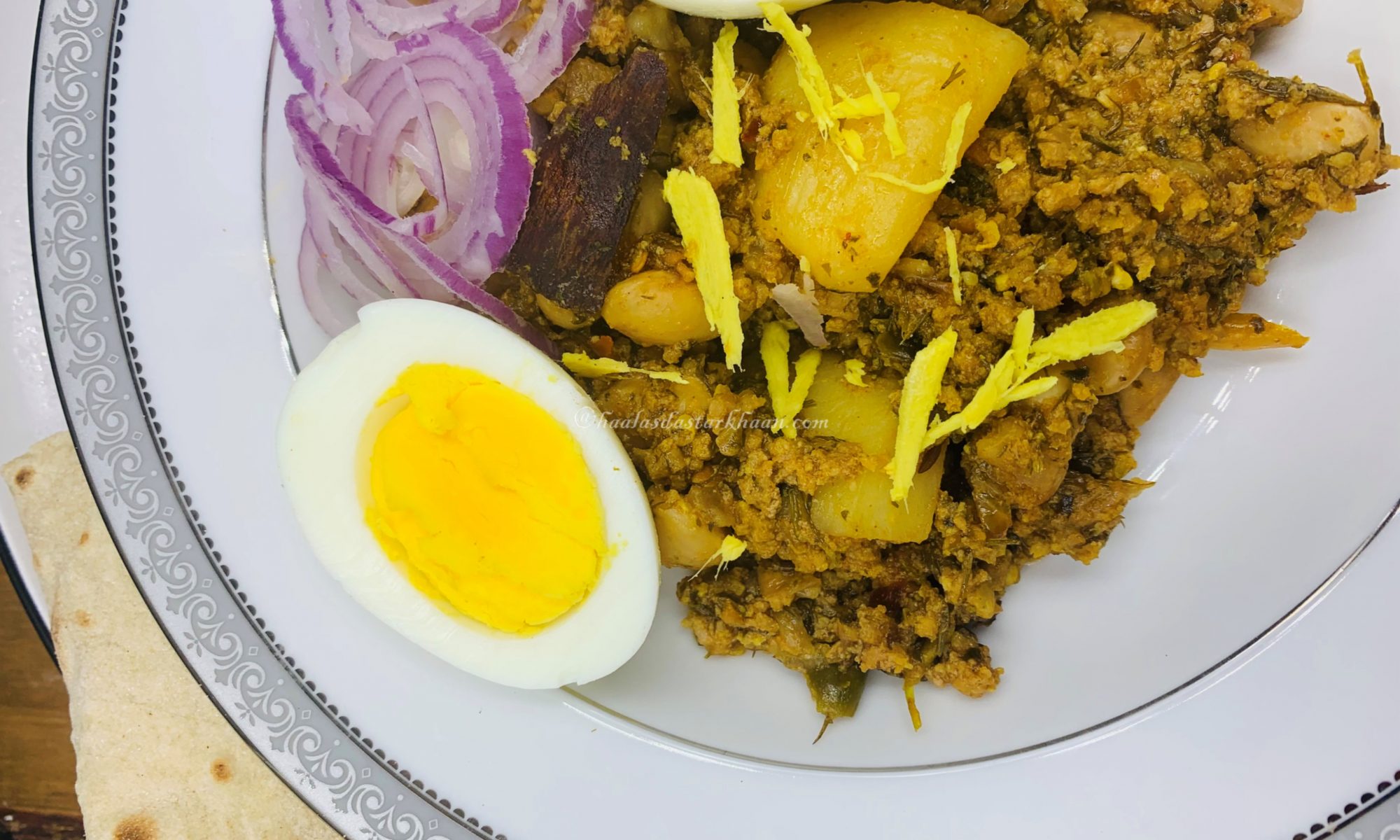Every culture has its own treasures in the kitchen, and every country offers flavors that tell a story. Exploring different cuisines is more than just tasting food—it’s a way of experiencing another culture.
This recipe, with its Middle Eastern and Greek touch, was inspired by that idea. But on a simpler level, it came from a parent’s instinct: I wanted to find a fun way to serve my kids more veggies. These pita pockets turned out to be the perfect answer—wholesome, colorful, and bursting with flavor.
Honestly, these days it feels like every parent struggles to get their kids to finish the veggies on their plate—or even eat the basic recommended portion. Vegetable curries are usually a safe bet, but with kids like mine, even curries don’t always do the trick.
That’s when this dish becomes a real savior. The chicken is cooked with very little oil, and the filling is packed with fresh veggies, all tucked neatly into soft pita pockets. It’s colorful, tasty, and most importantly—kid approved.
Eating your way around the world doesn’t always require travel—you can do it right from your kitchen. Trying foods from different countries is one of the easiest (and tastiest) ways to experience another culture.
These chicken pita pockets are a perfect place to start. They’re loaded with flavor, packed with veggies, and healthy enough to serve guilt-free. With their bright Greek-inspired taste, they work beautifully as lunch or dinner—and honestly, they’re hearty enough to count as a complete meal on their own.
A pita pocket is, hands down, one of the best sandwich breads you can use. It’s simple to cut open, and I usually slice it in half to create that perfect little pocket. Chicken pita pockets are the best example of how chicken and veggies can come together in a dish that’s both healthy and satisfying.
Don’t let the recipe or photos intimidate you. This dish isn’t complicated—it’s not beginner-level easy, but it’s also not time-consuming. If you follow the steps carefully, you’ll end up with a fabulous finished dish that looks and tastes like you put in far more effort than you actually did. And that’s what makes it work so well.
